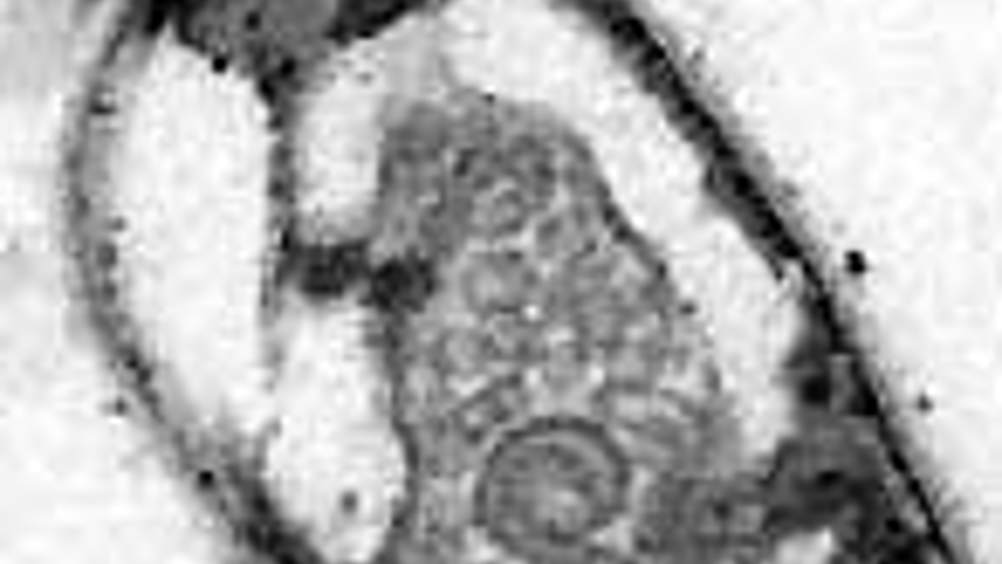Eating methane
A methane-consuming micro-organism that lives in geothermal areas in Rotorua in the Bay of Plenty in New Zealand has attracted international attention.

A methane-consuming micro-organism that lives in geothermal areas in Rotorua in the Bay of Plenty in New Zealand has attracted international attention for its ability to live in extremely acidic conditions.
Discovered by researchers at GNS Science, the bacterium could one day be used to reduce methane gas emissions from landfills. It could also help to cut methane emissions from geothermal power stations.
The microorganism was discovered in soil at Tikitere geothermal field, also known as Hell’s Gate, near Rotorua.
Climate researchers are expected to follow the discovery closely as the bacterium offers the potential to reduce the amount of methane entering the atmosphere. Methane is a far more potent greenhouse gas than carbon dioxide.
The bacterium is part of a group known as methanotrophs, but this one is able to live in hotter and much more acidic conditions than its relatives. Methanotrophs use methane as their only source of energy. They live mostly in soils and are especially common in environments where methane is produced.
Register now to continue reading
Thanks for visiting The Engineer. You’ve now reached your monthly limit of news stories. Register for free to unlock unlimited access to all of our news coverage, as well as premium content including opinion, in-depth features and special reports.
Benefits of registering
-
In-depth insights and coverage of key emerging trends
-
Unrestricted access to special reports throughout the year
-
Daily technology news delivered straight to your inbox










BEAS funding available to help businesses cut energy costs
And not a moment too soon, if the following exchange broadcast last Friday 13th June, on the Radio 4 ´Rare Earth´ program (link below, ~ 17 minutes...